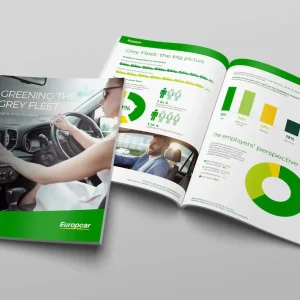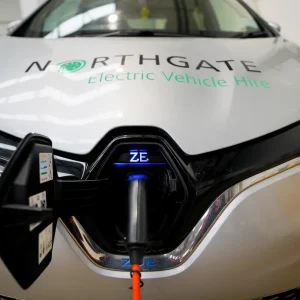The Local Authority Car Club Toolkit, published by the Department for Transport last year, describes car clubs as helping to deliver against a wide range of objectives. This includes: “achieving net zero targets, improving air quality, reducing parking pressures and congestion and offering a sustainable transport option that can fill gaps in public transport provision”.
By providing employees and residents with access to car clubs, local authorities can achieve many goals.
In terms of employee mobility, it acts as a timely reminder of the continuing issues arising from grey fleet and the amount of unregulated mileage that employees undertake on a daily basis, which businesses are only aware of when they see a mileage reimbursement form.
Local authorities have been engaged in tackling grey fleet for many years. The BVRLA first published its study into the scale and associated cost of grey fleet nearly a decade ago and has been campaigning for action to address these issues ever since.
This does not mean that significant progress hasn’t been made, especially by the public sector.
NHS Trusts innovated by introducing car clubs as part of their sustainable travel hierarchy for the use of employees and suppliers. This best practice is now reflected in the NHS Net Zero Travel & Transport Strategy. Healthcare transport usage results in an estimated 10 billion road miles per annum, which is 3.5% of the UK total. If even a small percentage of those journeys could be switched to a lower-emission travel option, the benefits in terms of decarbonisation and mileage would be significant.
The private sector is starting to look at alternative mobility solutions, especially to ensure employees are adequately supported when they make business trips. The rise of hybrid working has meant some of the traditional solutions have been reassessed. All too often, employees default to grey fleet out of convenience, especially if a journey begins close to home. Our data suggests as many as 60% of business trips are taken in private cars. But our research suggests 42% of employees want better multi-modal travel options for work journeys (*Opinium research 2023).
Our own experience of working with both public and private sectors to provide better mobility solutions bears out the government’s optimism. Employees are encouraged to commute by alternative means, including healthy active travel and public transport, confident that once onsite they’ll have access to a car club for essential business trips.
Another advantage is where telematics in managed vehicles provide organisations access to detailed data and oversight of travel patterns, enabling them to further refine their employee mobility strategy, all while dramatically reducing mileage and costs.
Perhaps behaviour is the most intriguing aspect, rather than the provision of mobility options. Changing how employees think about business travel and helping them adopt a more efficient approach to journey planning is key – and the starting point is showing that there are convenient, effective alternatives to using a private vehicle.
After all, understanding why employees choose a particular mode of transport and encouraging behavioural change is central to reducing costs and emissions.
Paul McCorkell is director of business rental UK & Ireland at Enterprise





